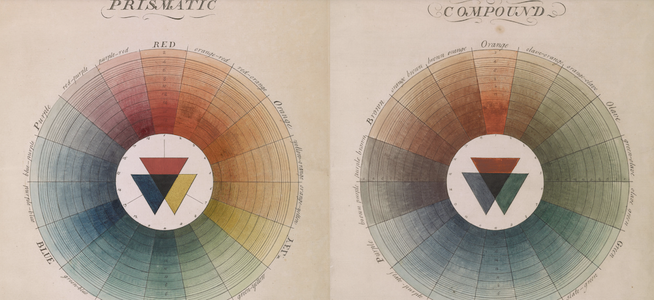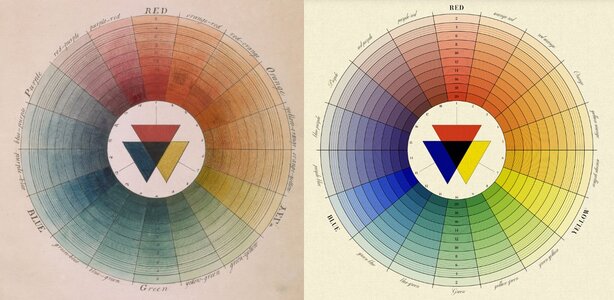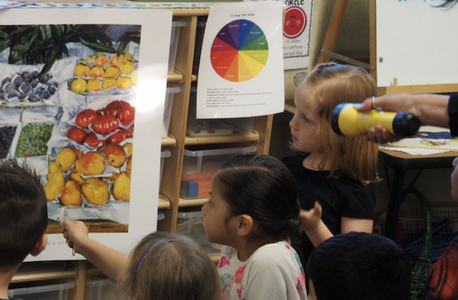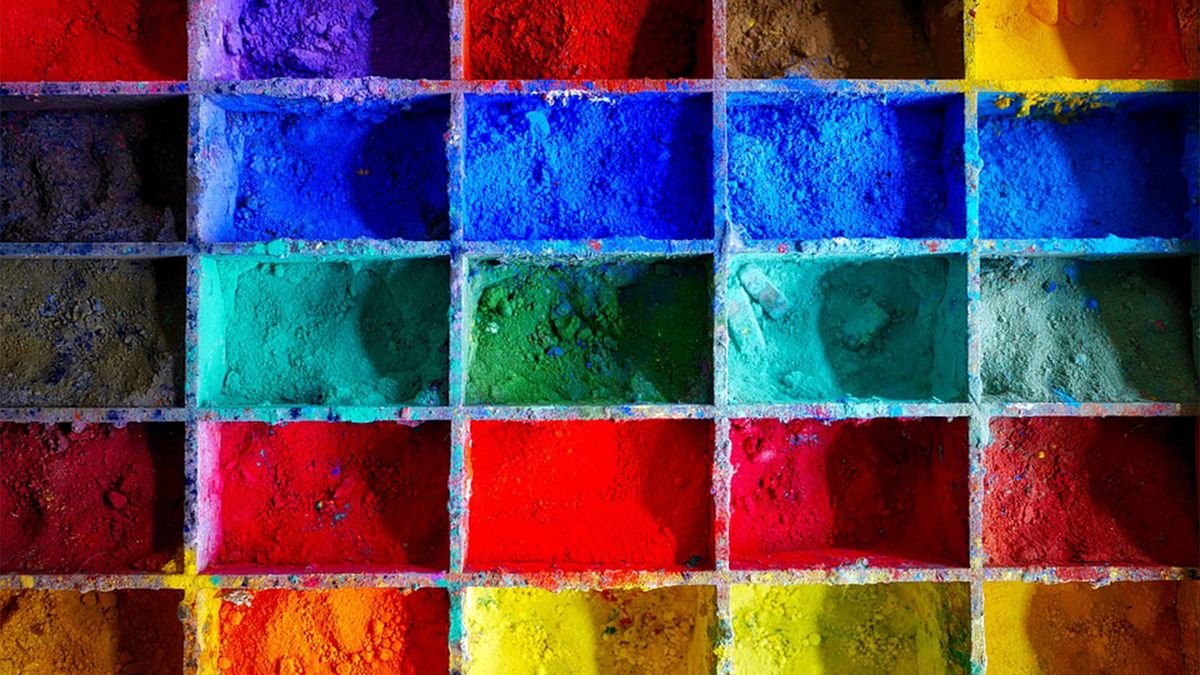- Joined
- Apr 30, 2005
- Messages
- 34,202
I love science, history and color, so I found this fascinating. 
Published in 1766, The Natural System of Colours by Moses Harris, is a significant work in the history of color theory.

Enjoy

Published in 1766, The Natural System of Colours by Moses Harris, is a significant work in the history of color theory.

Enjoy

The Natural System of Colours
Recreating Moses Harris’ color wheels from the eighteenth century.
www.c82.net







300x240.png)